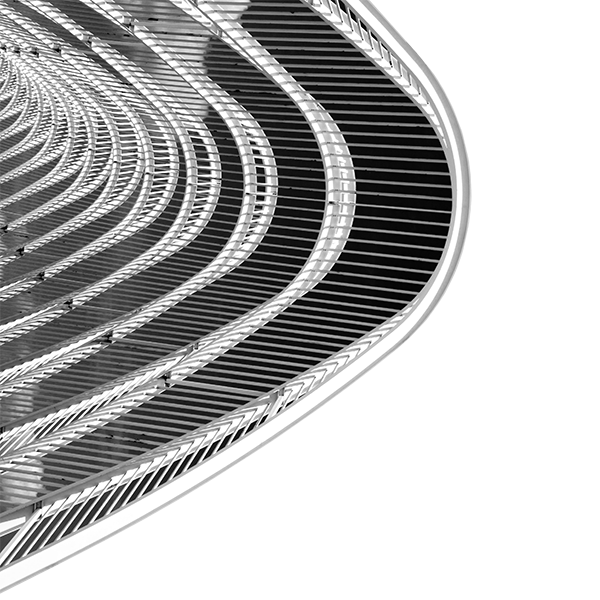Space Environments and Radiation Effects Technical Session
Session Co-Chairs:
Nicole McGillivray, Greg Wilson, and Jacob Johnson
Panel Topic 1:
Testing and analysis needs for human spaceflight on Lunar and Martian missions.
Panel Topic 2:
Radiation effects at the circuit-level.
Original Research Presentations:
- Transport modeling
- Radiation testing of components
- Physics-based modeling of components and circuits
- Theory and modeling of space environment effects
- Characterization of material properties
- Qualification of spacecraft components
- Environmental definitions and requirements
- Spacecraft instrumentation and on-orbit investigations
- Spacecraft contamination
- Grounding and bonding
- Damage characterization
- Space weather and charging
- Solar array and plasma interactions
- Internal charging
- Dust charging, lunar regolith, and triboelectrification
- Charging and arcing mitigation
Technical Demonstrations :
We invite authors to submit abstracts for demonstrations, tutorials, and discussion of the state-of-the-art technologies in the topic area of space environments and radiation effects.
Important Dates:
Abstract Deadline: September 1, 2023
Author Instructions:
All text must be double spaced with 12-point Arial font. Footnotes, bibliographic references, and long quotations may be singled spaced, but double spaced between entries. Each page must be labeled with a page number on the bottom or top of the page.
An abstract may not exceed 500 words and should include the following:
- Title (not included in word count)
- Objective(s)
- Background
- Methods (research methods or innovation approach)
- Results and Conclusions (research results or innovation impact)
- References (optional, up to five; does not count towards word count)
Authorship:
Papers will be published to the public and must abide by authorship standards.
Authorship of paper should be limited to those individuals who have contributed in a meaningful way to its intellectual content. Speakers are responsible for crediting co-authors and references to ensure ethical standards in all publications which they will be listed as an author.
Abstracts do not have to be new publications.
Abstracts can be submitted by sending an email to ema.expo@ema3d.com.
Session Co-Chairs

Nicole Pothier McGillivray, Space Environments Engineer, Maxar Space Systems
Nicole is a Space Environments Engineer at Maxar Space Systems, specializing in charge particle environment interactions with spacecraft. She a subject matter expert in radiation effects and spacecraft charging and has contributed to multiple commercial and government spacecraft platforms from proliferated low earth orbit constellations to geostationary orbit assets and beyond. Her experience covers both natural and manmade radiation environments.
Nicole earned a B.S. in Meteorology/Climatology from the University of Nebraska-Lincoln in 2010, a M.S. in Planetary Science from Hampton University in 2012 and a M.S. in Atmospheric, Oceanic and Space Science from the University of Michigan in 2014. Nicole has been active in industry since 2015, when she first joined the team at Electro Magnetic Applications, Inc. (EMA®). Nicole provided spacecraft charging and EMI/EMC expertise at EMA. In 2018, Nicole sought out a Radiation Engineering role at SEAKR Engineering, Inc., and in 2022, a Space Environments Engineering role at Maxar Space Systems.
Nicole thrives in the changing aerospace industry and greatly enjoys solving new, complex and challenging problems!

Gregory Wilson, EMA Senior Scientist
Gregory Wilson specializes in space environment interactions with materials and spacecraft as well as electromagnetic effects of lightning and other high voltage phenomena. He has worked on numerous projects contracted by NASA, SpaceX, AFRL, and other space focused organizations.
Gregory has published dozens of articles focusing on electron ranges in materials, secondary electron yield, surface voltage measurements, and other space-based material characterization topics. He has recently worked on high fidelity electromagnetic simulations to understand the coupled interactions of surface and internal spacecraft charging. He is currently participating in the design and construction of EMA’s SERE facility as well as the development of EMA3D® Charge.

Jacob Johnson, EMA Scientist
Jacob Johnson is a Scientist at Electro Magnetic Applications, Inc. (EMA) where he is involved in developing in depth trainings for the EMA3D® Charge modeling software. Jacob graduated from Georgia Institute of Technology in 2021 earning a Bachelor of Science in Physics with a minor in Nuclear and Radiological Engineering.
During his time at GT, he engaged in undergraduate research at the nuclear fusion lab on campus. He worked with researchers from across the world on studying particle transport with Tokamak fusion reactor phenomena, as well as analyzing and validating large data sets.


